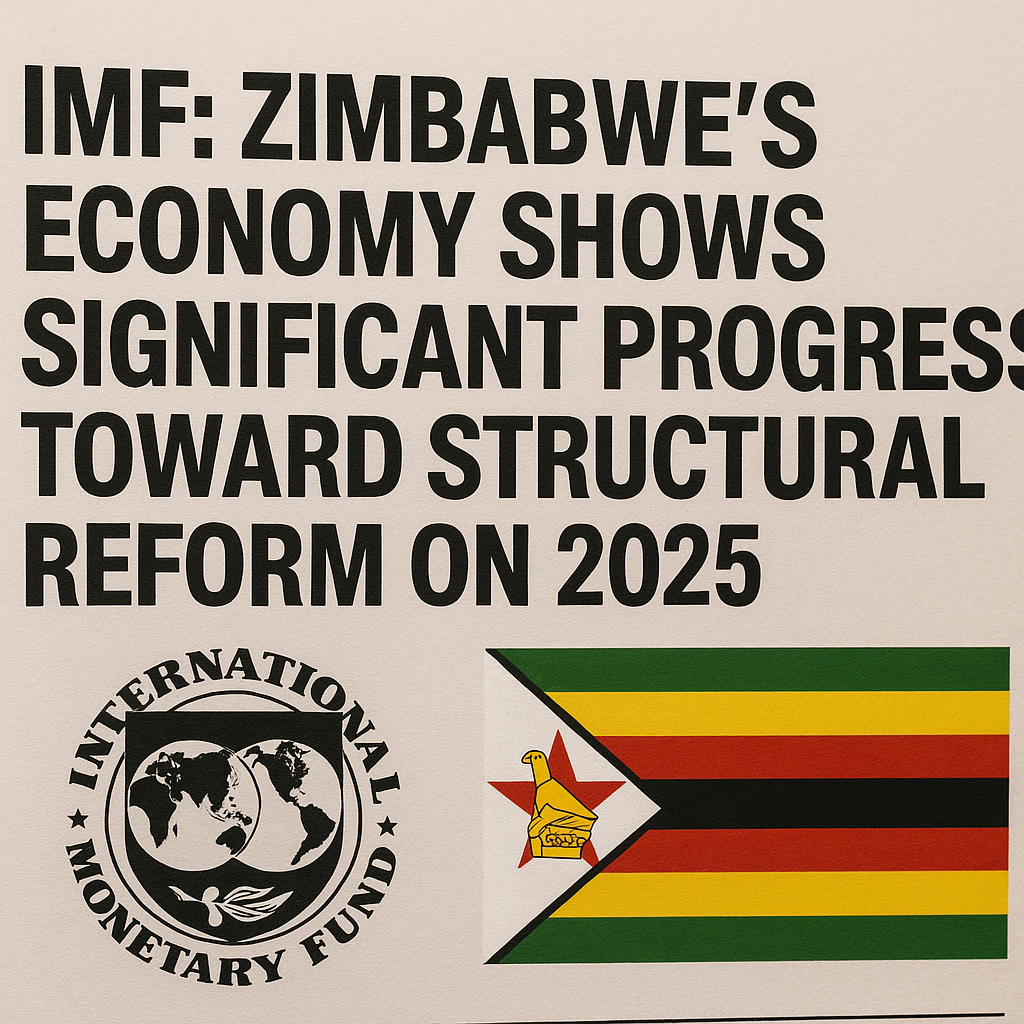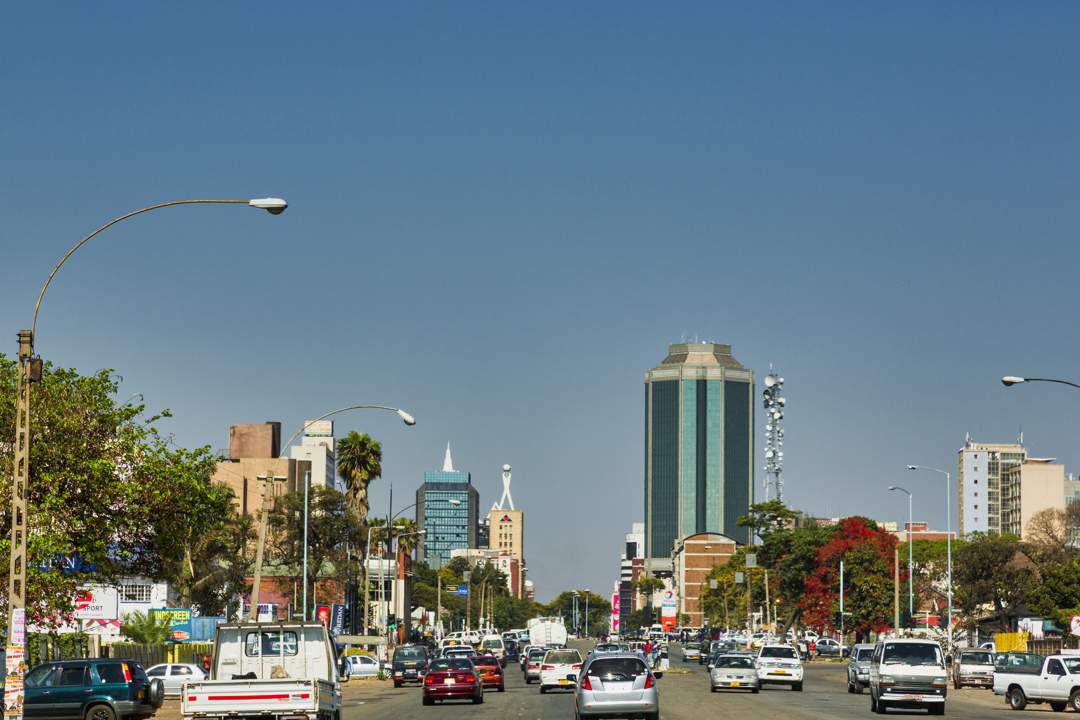Zimbabwe Economy: 5 Powerful Steps Toward Major 2025 Reforms
The International Monetary Fund (IMF) has acknowledged that Zimbabwe’s economy has made “significant progress,” describing it as a meaningful shift — even a “regime change” — in economic governance. However, the IMF stopped short of confirming whether Zimbabwe is ready for a Staff-Monitored Program (SMP) or when such a program might be approved.
Economic Reform in Zimbabwe: A Turning Point
Zimbabwe has faced decades of economic turmoil characterized by hyperinflation, currency collapse, and dwindling investor confidence. But recent reforms are gaining global recognition. According to the IMF mission led by Wojciech Maliszewski, Zimbabwe has implemented key fiscal and monetary reforms, including:
- Ending the practice of printing money to finance fiscal deficits
- Tightening monetary policy to fight inflation
- Introducing the gold-backed ZiG currency to restore price stability
These reforms have already yielded tangible outcomes. Monthly inflation has fallen to 2.3%, down from previously uncontrollable levels. The spread between official and parallel market exchange rates has narrowed significantly — an indicator of increasing trust in official monetary mechanisms.

What is the IMF’s Staff-Monitored Program?
The Staff-Monitored Program (SMP) is a non-lending agreement under which the IMF monitors a country’s reform plans. Although it doesn’t involve immediate financial support, it is often a gateway to deeper engagement, including debt restructuring and eventual access to global credit markets.
In Zimbabwe’s case, the IMF has stated it is willing to consider an SMP “once critical steps are taken.” These include improving fiscal transparency, ensuring policy consistency, and enhancing governance across public institutions.
📰 Related: What Zimbabwe Must Do to Secure an SMP
Economic Outlook: Recovery and Resilience
Though Zimbabwe’s economy contracted by about 2% in 2024 due to drought and power shortages, the IMF expects growth to rebound to 6% in 2025. Key factors driving this recovery include:
- Improved agricultural yields thanks to favorable weather
- Record-high global gold prices, boosting exports
- A modest current account surplus of 1.4% of GDP
Zimbabwe’s fiscal revenues have also increased to 18% of GDP, showing enhanced tax collection and reduced reliance on inflationary financing.
Zimbabwe’s New Currency: ZiG
In 2024, Zimbabwe launched ZiG (Zimbabwe Gold) — a gold-backed currency designed to stabilize prices and restore trust in the monetary system. While skeptics questioned its sustainability, early signs are promising. Inflation is falling, and the currency has held steady in both official and parallel markets.
💱 Related: Understanding ZiG: Zimbabwe’s Gold-Backed Currency
The IMF has cautiously welcomed ZiG but emphasized the need for transparent reserves, monetary discipline, and full convertibility over time.
Fiscal and Governance Reforms: The Path to Credibility
Zimbabwe has restructured its fiscal processes to improve budgetary discipline. Notable reforms include:
- Shifting some financial operations from the Reserve Bank to the Ministry of Finance
- Increasing interest rates to fight inflation
- Eliminating off-budget expenditures and quasi-fiscal activities
However, some concerns remain. Wage costs, fuel subsidies, and state-owned enterprises like the Mutapa Investment Fund continue to exert pressure on the national budget.
External Debt and Arrears: The Remaining Obstacle
Zimbabwe’s external debt is estimated at $12–21 billion. In November 2024, the government convened a Debt Resolution Forum with international creditors and institutions like the African Development Bank and the World Bank.
A successful SMP could pave the way for debt restructuring, but creditors need to see commitment to reforms, transparency, and policy stability.
🌐 External Source: IMF Statement on Zimbabwe’s Economic Progress (February 2025)
Challenges That Remain
Despite recent gains, Zimbabwe faces persistent challenges, including:
- High unemployment
- Inadequate electricity infrastructure
- Limited investor confidence
- The need for further liberalization of the foreign exchange market
IMF officials have also highlighted the importance of strengthening the independence of the Reserve Bank and improving legal frameworks to enhance transparency and accountability.
The Global Perspective
International observers view Zimbabwe’s progress as a hopeful sign. As noted by Bloomberg and Reuters, investors are cautiously optimistic, especially if the country can maintain reform momentum and reduce political risk.
📊 External Source: Bloomberg: Zimbabwe’s Economy Shows IMF-Backed Progress
Looking Ahead: Rebuilding Zimbabwe’s Economic Identity
If Zimbabwe can maintain its reform track record, a successful SMP would mark a major turning point. It could open the door to:
- Access to IMF lending facilities
- Global debt relief and forgiveness
- Restoration of international credit ratings
- Increased foreign direct investment (FDI)
With inflation finally under control and key reforms underway, Zimbabwe’s economic future looks more promising than it has in decades.
Key Facts at a Glance
| Metric | Value (2025) |
|---|---|
| Inflation (monthly) | 2.3% |
| GDP Growth Forecast | 6% |
| Fiscal Revenue | 18% of GDP |
| External Debt | $12–21 billion |
| Current Account Balance | +1.4% of GDP |
Thanks for reading for more news visit our website
this post by news24




